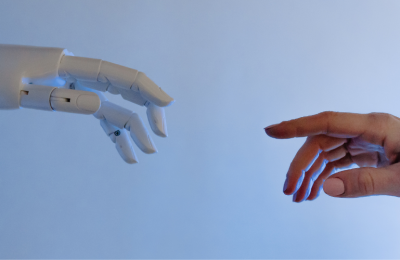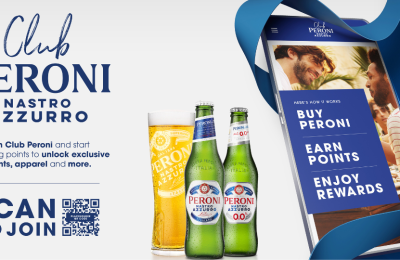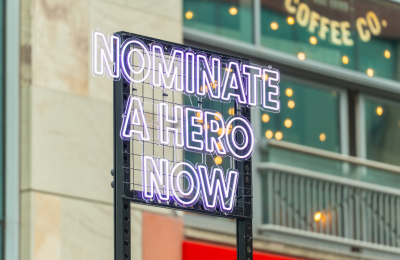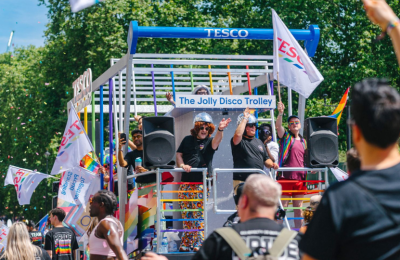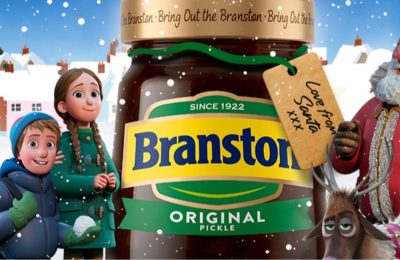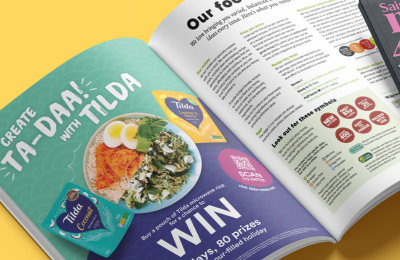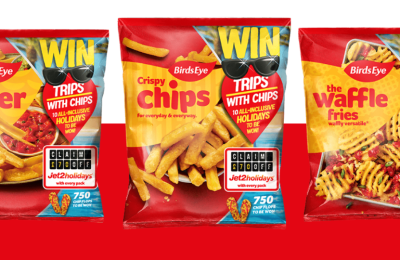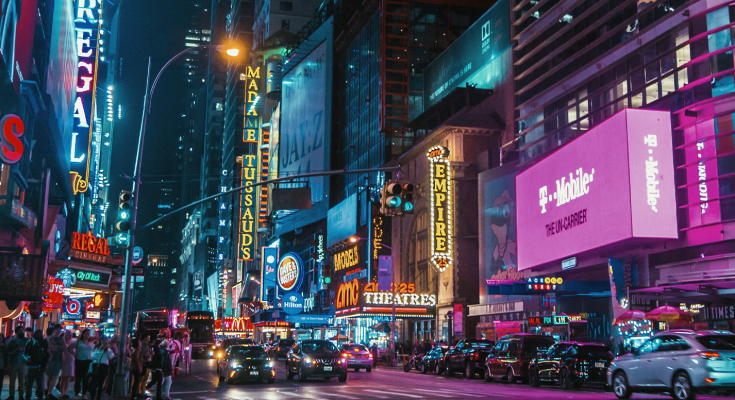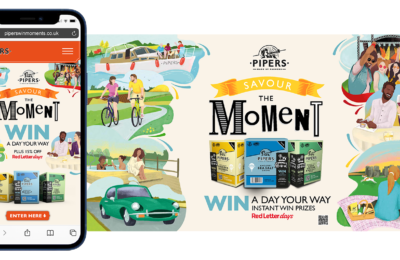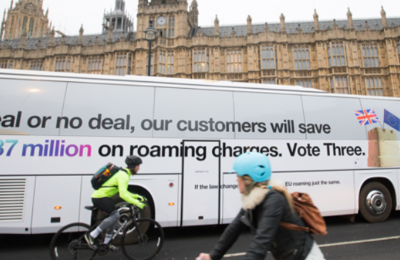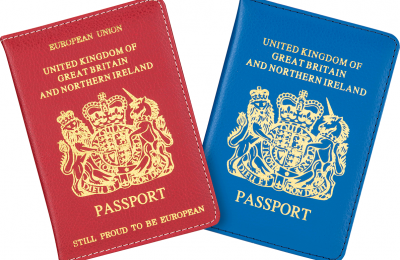Jamie Matthews, CEO at Initials, tells us how challenger brands are successful in the market, and shares tips and advice on how established brands can adopt this mentality to fight back.
Today, even the longest established and most famous FMCG brands are under intense pressure.
Over decades, these brands have been massively successful at carving out a role in people’s daily lives. They have been highly effective in leveraging their scale advantages via globalisation, ubiquity of distribution and weight of advertising. They have been masters of the marketing game as it has traditionally been played. Now the rules of the game have changed. The landscape is being redrawn by several inter-connected factors.
Firstly, the structural. Dramatically lower barriers to entry, the emergence of ‘new’ retail and re-prioritisation within traditional retail are all having an impact. Secondly, attitudinal factors. Different consumer expectations, an appetite for experimentation and scepticism about traditional elites result in dramatic changes.
In order to get under the skin of this issue, we commissioned quantitative research amongst over 1,000 people who had recently switched from an established brand to a new challenger brand. The research looked at eight FMCG categories – from food to beauty to household products.
Across each category, the findings showed that Challengers are disrupting every product range. By marrying mindset, ambition and behaviour, challenger brands are able to lead with conviction and win new customers.
CHALLENGER BRAND PHENOMENON
The challenger brand phenomenon isn’t new, but it’s definitely accelerating. Today, across almost every category, challenger brands are on the march.
While it’s easy to see how market changes are giving Challengers a significant leg up, that doesn’t explain why consumers are embracing them with such enthusiasm. Challenger brands aren’t just winning market share – very often, they’re winning the market argument too.
To understand why, let’s define precisely what a challenger brand is. Adam Morgan, an expert on the topic and author of the seminal ‘Eating The Big Fish’, puts it well: “A challenger brand is defined, primarily, by a mindset – it has business ambitions bigger than its conventional resources, and is prepared to do something bold, usually against the existing conventions or codes of the category, to break through.”
MINDSET AND AMBITION
Mindset and ambition are fundamental to success. Challenger brands believe they can change the weather by overturning category norms. And they marry belief with behaviour. At every level – values and personality, product design, channel strategy, service delivery, customer experience – they display complete coherence and absolute conviction. They jump on insight to identify a point of resonance, then focus on it with ruthless obsession.
HOW CAN ESTABLISHED BRANDS FIGHT BACK?
To challenge the Challengers effectively, established brands should consider adopting more of this mindset. This means re-setting ambitions, re-discovering conviction and turning both into new behaviours and actions that channel the positivity and energy of the Challengers. To a certain extent, they need to re-invent themselves.
This may require changes at both a product and an emotional level. At the product level, quality standards must be maintained or enhanced, NPD must be prioritised, even at the risk of self-cannibalisation. And brands must dig deeper to find authentic, resonant product stories.
At the emotional level architecture may need to be re-framed; certainly, behaviours may need to be re-invented in order to convey true conviction. Stories should be built from the ground up, encouraging people to re-discover the brand for themselves, and the narrative opened up for audiences to play with and shape.
In order to compete effectively, established brands need to find a guiding conviction of their own and re-organise themselves around it. All of this requires bravery and a much greater appetite for risk.
TRANSLATING BELIEF INTO BEHAVIOUR
What Challengers lack in capital, they make up for in conviction. They have the ability to translate strongly held beliefs into strongly attractive behaviours, due to some intrinsic advantages.
- Because they start with a clean sheet of paper and carry no historical brand baggage, Challengers can zero in on unarticulated or emerging consumer/customer needs.
- Their product development can be highly considered and laser-focussed on addressing that key need.
- They can design the customer experience from the ground up, ensuring every element of the offer supports the core value proposition.
- They can pursue the distribution strategy that best fits their model and proposition. They are not slaves to historic trading relationships, ways of working or other entrenched interests.
- At launch, challenger brands rely on making an exaggerated impact on a limited number of people. Because they do not have to please multiple constituencies, they can be more dynamic and take more risks in how and where they communicate.
- If necessary, they can refine their offer quickly. Compared to most established brands, they are not burdened with cumbersome decision-making hierarchies, so they can be nimble in responding to changing circumstances.
In short, challenger brands have the luxury of positioning themselves in opposition to the category norms and expressing that opposition through their values and behaviours. The present shift in consumer attitudes gives them an unprecedented opportunity to overturn the status quo. So, for those established brands that are not evolving accordingly, then it may be a case of do or die.


